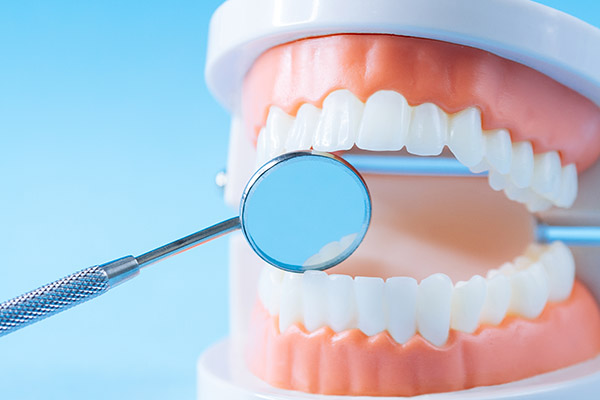 Your periodontist will recommend periodontal maintenance during your routine dental checks. Bacteria tend to stay either below or above the gumline. These colonies cause gum irritation and inflammation. Preventing this type of infection is the main goal of dental cleanings. If you want to know more about gum maintenance, here are some details from a periodontist.
Your periodontist will recommend periodontal maintenance during your routine dental checks. Bacteria tend to stay either below or above the gumline. These colonies cause gum irritation and inflammation. Preventing this type of infection is the main goal of dental cleanings. If you want to know more about gum maintenance, here are some details from a periodontist.
Why a person must have a regular periodontal maintenance
Keeping teeth and gums healthy is the main goal of gum maintenance. It is a form of preventive treatment to stop gum disease from worsening. A periodontist would recommend it during every routine dental checkup. This procedure provides patients with many benefits, including:
Aesthetics and fresh breath
Stained teeth are not good to look at. A person with yellow teeth often finds it difficult to socialize and establish a good self-image. Routine dental visits include professional dental cleaning. Gum maintenance can bring back the healthy appearance of teeth.
The periodontal disease becomes evident with constant bad breath. This condition indicates decomposing food below the patient’s gumline. There may also be gum problems or potential gangrene. Consistent teeth cleaning can freshen breath. It removes bacteria, plaque, and tartar to remove bad odor.
Removal of dental calculus
Plaque buildup results in the formation of tartar or dental calculus. This can happen below or above the gumline. Brushing and flossing cannot remove the bacteria and food particles from gum pockets. A periodontist will use a specific dental tool to treat plaque and tartar buildup.
Supragingival and subgingival cleaning
A periodontist performs these two kinds of cleaning during gum maintenance. Supragingival cleaning involves cleaning above the gumline. The dentist will use scaling tools to remove calculus and plaque. Subgingival cleaning is an important step in battling periodontal disease.
Root planing and scaling
This combination is an effective way to treat periodontitis. A periodontist will clean between the teeth and gums. He or she can move the cleaning to the tooth roots using ultrasonic tools. This is a more comfortable periodontal maintenance. The dentist may also use antibiotic fibers and place them in the patient’s dental pockets. The patient may also take prescribed antibiotics.
Regular dental cleaning and periodontal maintenance
Regular dental cleaning is the same as professional dental cleaning. This is a method of preventing oral infections. These dental cleanings concentrate on the removal of irritants and plaque from teeth and gums. The periodontist will floss and polish each tooth to do this. Regular dental cleaning is part of a routine dental checkup.
This type of dental cleaning helps keep a smile healthy. It can also prevent gum disease. Regular dental cleaning can prevent bone loss and tooth loss. This removes any visible staining on the teeth as well.
Periodontal maintenance is for patients with periodontal disease. It may also be for those who had a periodontal procedure. This type of cleaning is deeper, targeting periodontal pockets. Gum maintenance removes tartar and plaque from the space between gums and teeth.
Your periodontist can help answer any questions about periodontal maintenance
Preventing the worsening of periodontitis is crucial in preventing tooth loss. For this, a deeper kind of cleaning can help maintain the patient’s oral health. This type of thorough cleaning can happen during your routine dental checks. You can ask your periodontist for more details on periodontal maintenance before you have one.
Request an appointment or call Brighton Specialty Dental Group at 805-644-5284 for an appointment in our Ventura office.
Related Posts
Periodontal disease affects millions of adults in the United States and necessitates a visit to the periodontist. Gum disease can cause tooth loss, which can lead to other health problems. Regardless of the condition's prevalence, it must be adequately treated because of its potential severity. It has no age or gender restrictions and can affect…
Plaque and tartar are two things that lead to the most common dental issues a periodontist can treat: tooth decay and gum disease. The teeth have an outer layer called the enamel that is the hardest part of the body. Designed to handle a lot of wear and tear, it protects a tooth's more delicate…
A periodontist’s view on gum disease can make you improve your oral care. Gum disease can spread to the surrounding teeth. It can also reach deep into the jawbone. This will lead to tooth loss. If you want to know more about how gum disease affects your jawbone and teeth, here are the details from…
